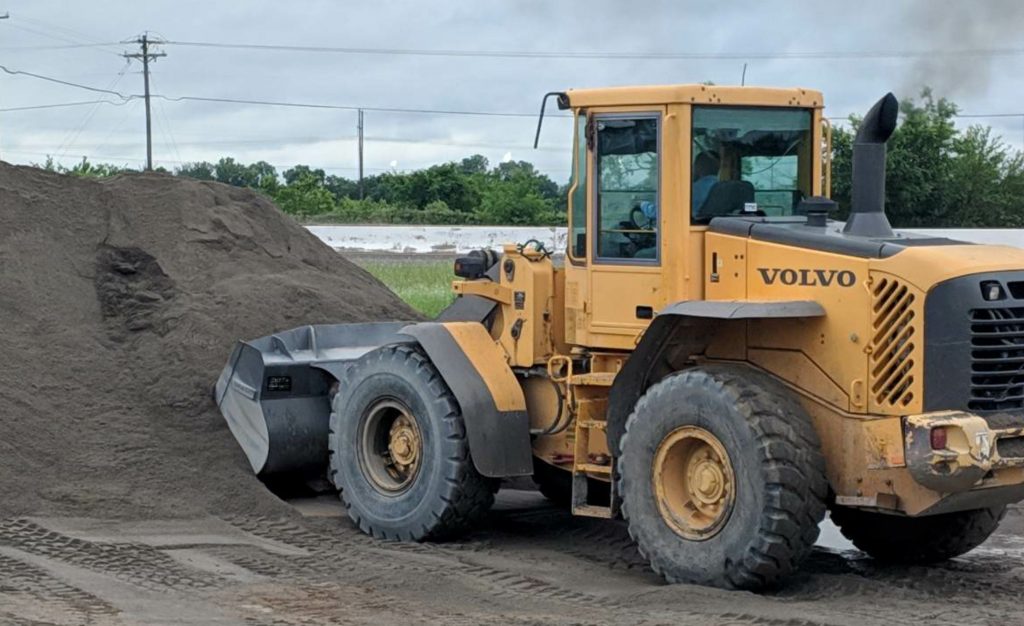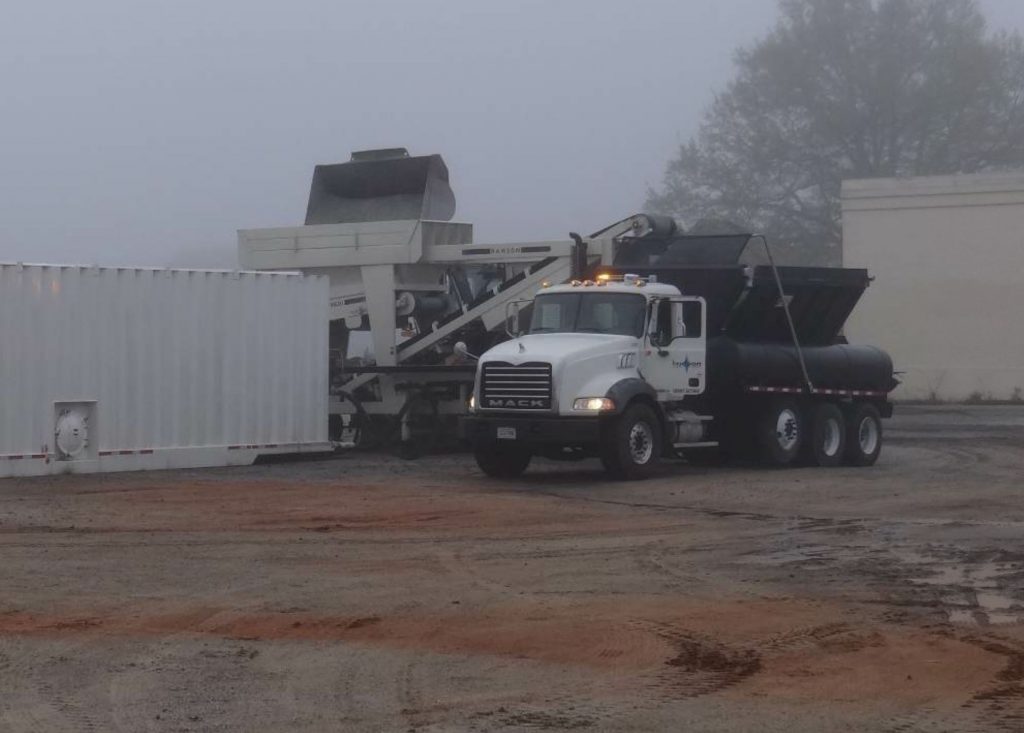Best Practices of Micro Surfacing Stockpiles
BY AsphaltPro Staff

As it does with new construction or mill-and-overlay projects, the nominal maximum aggregate size (NMAS) in a micro surfacing mix impacts the project’s success. If your problem centers around the preservation crew getting callbacks to smooth a micro surfacing application’s rough surface, or if your company is getting complaints about loose rock, etc., then you can take a page from the Transportation Research Board (TRB) seminar on Building Better Micro Surfacing and Slurry Seals, held April 24, 2019, with members of the National Center for Pavement Preservation (NCPP). Specifically, Tim Harrawood of Vance Brothers spoke of some best practices that can prevent micro surfacing problems your crew might experience.
The Problem
 After the machines have been calibrated and all materials are deemed to be in compliance with the job mix formula, the mix is proving too thick or full of fines. Alternately, the mix may be coming through the spreader with chunks of larger rock than it should. Either situation is a problem to be addressed before the team puts too much of that out-of-spec material down. Your loader operator could be scraping up material from beneath the approved stockpile.
After the machines have been calibrated and all materials are deemed to be in compliance with the job mix formula, the mix is proving too thick or full of fines. Alternately, the mix may be coming through the spreader with chunks of larger rock than it should. Either situation is a problem to be addressed before the team puts too much of that out-of-spec material down. Your loader operator could be scraping up material from beneath the approved stockpile.
The Solution
 Training the loader operator is a big factor in preventing errors, of course. Whether a wheel loader operator is feeding cold bins from stockpiles at the asphalt plant or a skid steer operator is feeding a nurse truck alongside a micro surfacing project, make sure he knows to grab material at least a few inches from the base of the pile. Avoid scraping the bucket along the ground where dirt, detritus or out-of-spec rock can creep into the bucket. When possible, use these best practices that Harrawood recommended:
Training the loader operator is a big factor in preventing errors, of course. Whether a wheel loader operator is feeding cold bins from stockpiles at the asphalt plant or a skid steer operator is feeding a nurse truck alongside a micro surfacing project, make sure he knows to grab material at least a few inches from the base of the pile. Avoid scraping the bucket along the ground where dirt, detritus or out-of-spec rock can creep into the bucket. When possible, use these best practices that Harrawood recommended:
“The best QC measure is to screen the aggregate directly into the nurse truck,” Harrawood told the webinar audience. He suggested the loader feed a screen alongside the project and the screen then convey the on-spec product into the nurse truck. You can see that process with a Rawson Manufacturing Inc. Model 74830 screen in this photo from Bergkamp Inc., Salina, Kansas.
Harrawood also suggested putting the tested and on-spec stockpile on a paved surface when possible. Many times, a contractor will have no choice but to build the stockpile on a gravel or dirt area; in that case, make sure the loader operator is paying close attention to how he collects material to avoid contamination.
